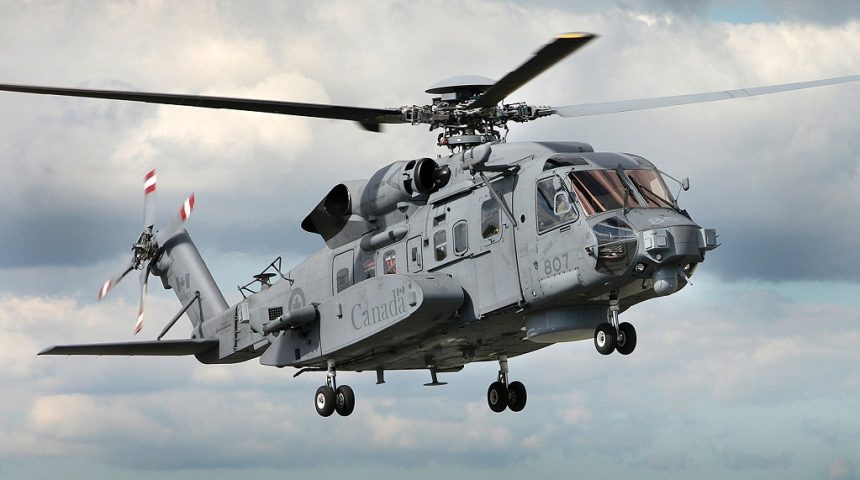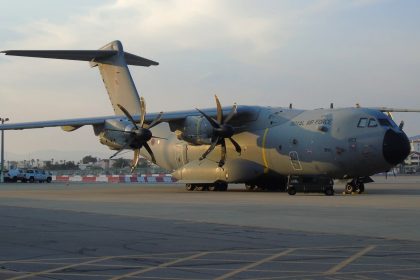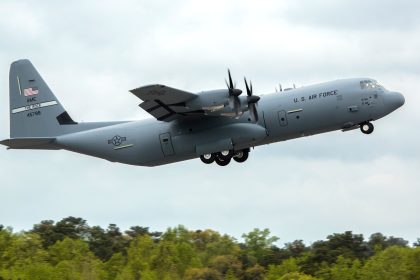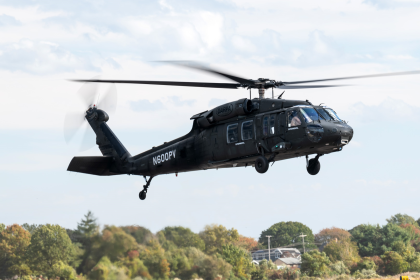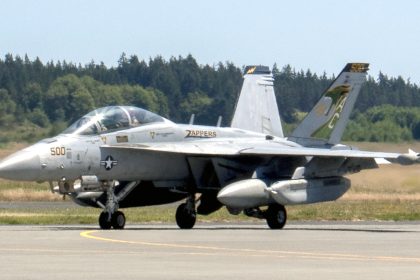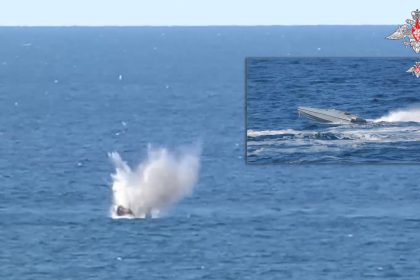The RCAF highlighted the importance of the Airworthiness Program that led to the of discovery this issue, allowing the start of the urgent repair works.
The Royal Canadian Air Force just disclosed the discovery of a concerning issue on almost its entire fleet of Sikorsky CH-148 Cyclone helicopters. As mentioned in the statement, cracks were found within the tail section of one of the helicopters during a routine inspection, prompting the order of an urgent Special Inspection that led to the discovery of the same problem on 19 out of the 23 helicopters in the fleet.
In their statement, RCAF officials said that they are working closely with Sikorsky to solve this problem soon and the repairs are already in progress, without the need to ground the Cyclone fleet or place the helicopters on an operational pause. “Sikorsky has a plan to address the cracking, with each aircraft requiring a unique approach to repair the affected components,” a spokesperson said in an email to the press. “The Royal Canadian Air Force expects that the first few aircraft affected by this issue will be repaired within the next few days.”
A routine inspection on one of our CH-148 Cyclone helicopters discovered cracks within the tail section of the aircraft. A Special Inspection was immediately ordered across the fleet to confirm the extent of the problem, and 19 out of 23 aircraft were found to have these cracks. pic.twitter.com/9TcUr4xRKo
— Royal Canadian Air Force (@RCAF_ARC) December 6, 2021
According to the reports, the tail cracks were first detected in a Cyclone helicopter during a routine inspection on November 26, 2021 at 443 Maritime Helicopter Squadron, based in Patricia Bay (British Columbia). Out of the four helicopters not mentioned in the total, two were found to be unaffected by the cracks, while two other helicopters are currently undergoing long-term maintenance and will be inspected at a later date.
The discovery of the cracks had an impact also on Operation Lentus, the Canadian military’s relief effort that followed the recent widespread flooding in British Columbia. The RCAF deployed for this operation the CH-148 Cyclone, the CH-149 Cormorant and the CH-146 Griffon, but the Cyclone had now to be replaced by other assets.
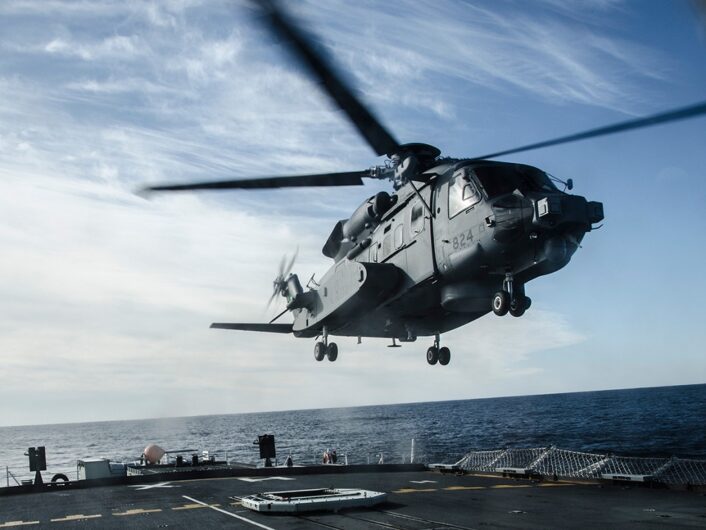
Michael Byers, a professor and defence policy analyst at the University of British Columbia in Vancouver interviewed by CBC, said the cracks could be indicative of much larger problems with the aircraft: “Each of these helicopters costs more than $150 million, and the oldest helicopter in the fleet is only five years old. So the fact that there is this problem does raise some very serious concerns as to the quality of the helicopters, the safety of the helicopters.”
Ken Hansen, an independent defence and security analyst and former navy commander which was part of the CH-148 program, said to CBC that the cracks were likely caused by the significant power that is used when the Cyclones land and take off. “The engines that Canada had put into that aircraft were 25 per cent more powerful than the engines that were in the design aircraft, so that’s even more power and more force. Evidently, there’s a problem with the structural strength of the aircraft to withstand that force.”
This seems to be the latest of many problems that plagued the Cyclone. The CH-148, a heavily customized variant of the Sikorsky S-92 for maritime Search And Rescue missions and anti-submarine and anti-surface warfare missions to be deployed on Canadian frigates, was chosen in 2004 to replace the CH-124 Sea King. The program suffered more than a decade of delays, beginning flight operations only in 2018. The last helicopters out of 28 ordered are expected to be delivered by this year, with Full Operational Capability in 2022.
Last year, a CH-148 Cyclone, operating from the HMCS Fredericton frigate of the Royal Canadian Navy with the callsign “Stalker 22”, crashed in the Ionian Sea off the coast of Greece during a NATO surveillance operation. The incident caused the death of all six personnel on board, making it the largest single-day loss of life for Canada’s military since it took part in the war in Afghanistan.
Canadian officials warned at the time there would be no “quick fix” to the software issue identified as the primary cause of the crash. In fact, two separate internal reviews by the Canadian Armed Forces found the autopilot on the helicopter took control of the aircraft as the pilot was turning to land on HMCS Fredericton. The subsequent flight-safety review absolved Sikorsky of any responsibility, saying “the type of manoeuvre that Stalker 22’s pilot was attempting to perform was not spelled out in the military’s documentation”.

